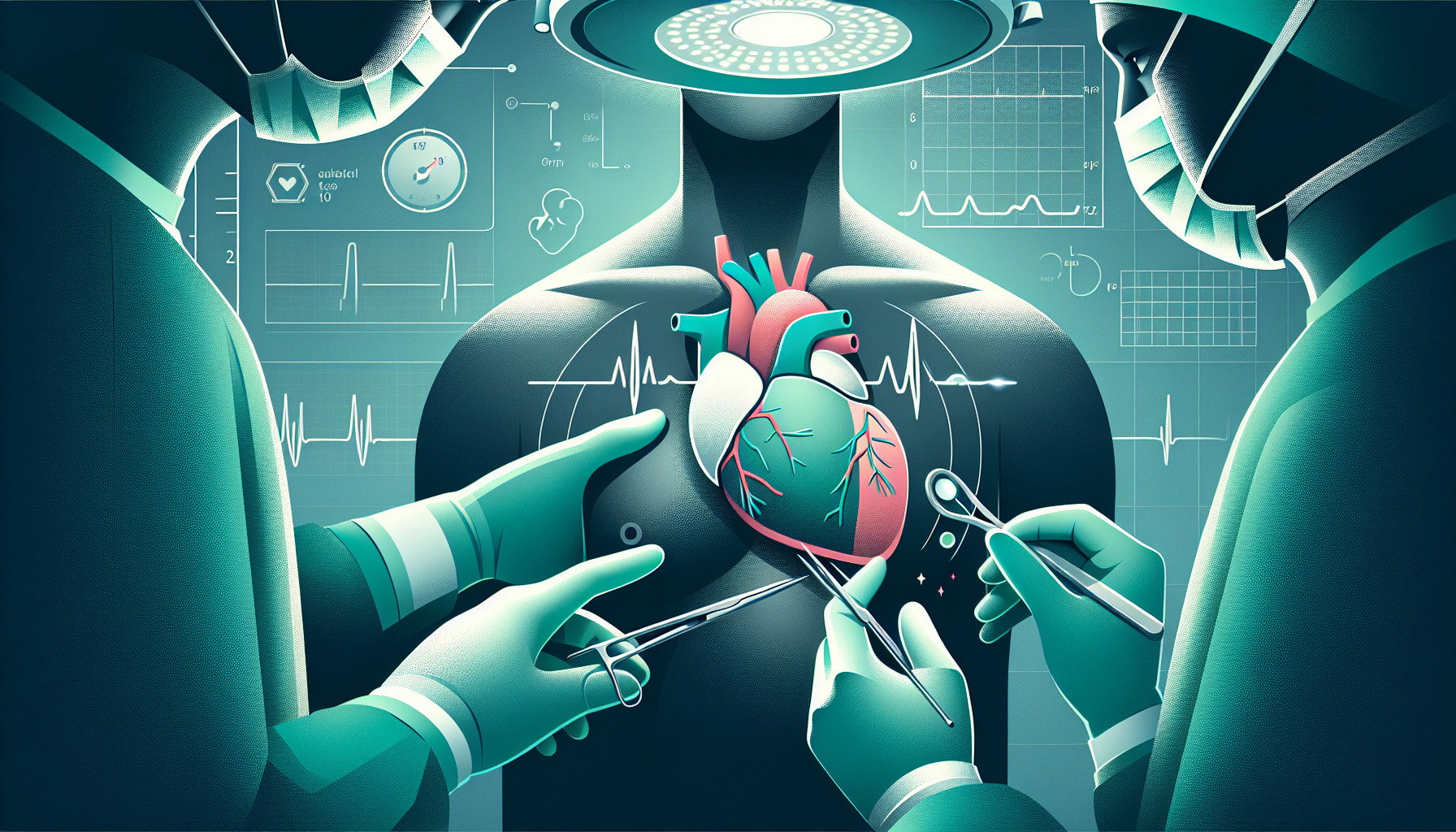Our Summary
This paper discusses the changes in the prevalence of mitral valve disease over the past 50 years. It used to be primarily a disease linked to rheumatism, but now it more commonly affects older people and can manifest in different ways. The study also looks at the history of treatments for this heart condition, from the first non-surgical procedures to adjust the mitral valve to the latest techniques for repairing and replacing it without open-heart surgery. The paper acknowledges the progress made in this field and considers future challenges.
FAQs
- How has the prevalence of mitral valve disease changed over the past 50 years?
- What were some of the first non-surgical procedures to adjust the mitral valve?
- What are the latest techniques for repairing and replacing the mitral valve without open-heart surgery?
Doctor’s Tip
One helpful tip a doctor might tell a patient about mitral valve replacement is to follow a healthy lifestyle after the procedure. This can include regular exercise, maintaining a balanced diet, managing stress, and avoiding smoking and excessive alcohol consumption. These lifestyle changes can help improve recovery and overall heart health. Additionally, it’s important for patients to attend regular follow-up appointments with their healthcare provider to monitor the success of the surgery and address any concerns or complications that may arise.
Suitable For
Patients who are typically recommended for mitral valve replacement are those who have severe mitral valve disease that cannot be effectively treated with other interventions such as medication or minimally invasive procedures. This includes patients with severe mitral regurgitation or stenosis, as well as those with complications such as heart failure or arrhythmias. Older patients who are not good candidates for open-heart surgery may also be recommended for minimally invasive mitral valve replacement procedures.
Timeline
Before Mitral Valve Replacement:
- Patient experiences symptoms such as shortness of breath, fatigue, chest pain, and palpitations.
- Patient undergoes diagnostic tests such as echocardiogram, electrocardiogram, and cardiac catheterization to confirm the diagnosis of mitral valve disease.
- Patient may be prescribed medications to manage symptoms and prevent complications.
- Patient may undergo minimally invasive procedures such as balloon valvuloplasty or mitral valve repair to improve valve function.
After Mitral Valve Replacement:
- Patient undergoes open-heart surgery to replace the damaged mitral valve with a mechanical or bioprosthetic valve.
- Patient stays in the hospital for a few days to recover from surgery and monitor for any complications.
- Patient undergoes cardiac rehabilitation to regain strength and improve heart function.
- Patient may need to take blood-thinning medications and follow-up with regular check-ups to monitor the new valve and overall heart health.
- Patient experiences improved symptoms and quality of life, with a reduced risk of complications such as heart failure or stroke.
What to Ask Your Doctor
- What are the risks and benefits of mitral valve replacement surgery?
- How long is the recovery process after mitral valve replacement surgery?
- Will I need to take medication for the rest of my life after the surgery?
- What lifestyle changes will I need to make post-surgery to ensure the success of the procedure?
- How often will I need follow-up appointments and monitoring after the surgery?
- Are there any alternative treatment options to mitral valve replacement that I should consider?
- What is the success rate of mitral valve replacement surgery?
- How long can I expect the new mitral valve to last before needing replacement again?
- Are there any specific complications or side effects I should be aware of after the surgery?
- What can I do to reduce my risk of developing complications or needing further interventions in the future?
Reference
Authors: Asgar AW, Ducharme A, Pellerin M, Garceau P, Basmadjian A, Bouchard D, Bonan R. Journal: Can J Cardiol. 2022 Oct;38(10 Suppl1):S54-S65. doi: 10.1016/j.cjca.2020.11.018. Epub 2020 Dec 28. PMID: 33383168
